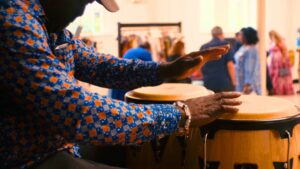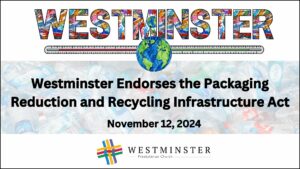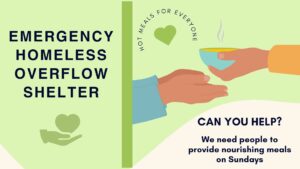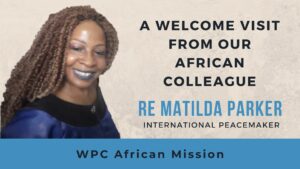For quite some time church members Willie White and Tom McPheeters have called attention to the problem of air pollution in the Ezra Prentice homes neighborhood in the South End. Other communities like West Hill, Sheridan Hollow, and Arbor Hill have for a long time experienced poor air quality from the interstate, waste blowing from landfills, and toxic emissions from trash burning incinerators.
Not surprising, however, it is predominantly Black and Hispanic people living in these communities and thousands of others across the United States, who are at much higher risk for environment-related health problems than those residing in better, overwhelmingly white neighborhoods.
The Peacemaking Task Force of Albany Presbytery, of which I’m a member, is researching some of the recent literature about environmental racism. We are currently reading two books:
Waste: One Woman’s Fight Against America’s Dirty Secret, by Catherine Coleman Flowers, describes her fight to ensure human dignity through a right most Americans take for granted – basic sanitation. Too many people, especially the rural poor, lack an affordable means of cleanly disposing the waste from their toilets, and are forced to live among filth. Flowers tells the story of systemic class, racial, and geographic prejudice that fosters Third World conditions across the country in the South, Appalachia, Coastal Florida, the urban Midwest, Alaska, and Native American reservations in the West.
Clean and White: A History of Environmental Racism in the United States by Carl Zimring is a detailed account of changing attitudes toward ethnic minorities in the relation of race and hygiene. Zimring shows how the history of waste management reveals environmental inequalities among native-born whites, immigrant groups, and African Americans. The bigoted idea that non-whites are “dirty” remains deeply ingrained in the American psyche.
Other books on the list: Unequal Protection: Environmental Justice and People of Color ed. by Robert Bullard; A Terrible Thing to Waste: Environmental Racism and the Assault on the American Mind by Harriet Washington; Black Faces, White Spaces: Reimagining the Relationship of African Americans to the Great Outdoors by Carolyn Finney.
Rev. Paul Randall was a Parish Associate at Westminster 2002-2020. He is a retired Presbyterian minister who served churches in Ohio for 40 years. He and and his wife Margaret moved to Albany in 2002. Paul has also served as a Albany Presbytery Moderator and participates in the Peacemaking Task Force.




